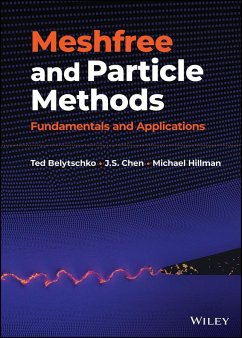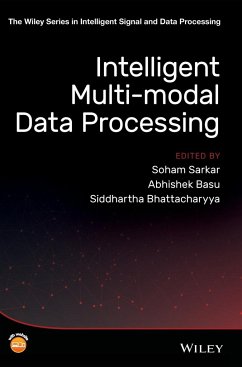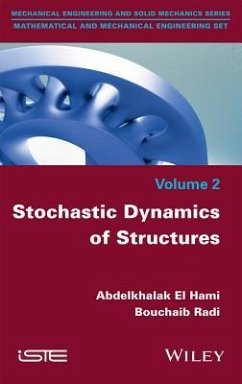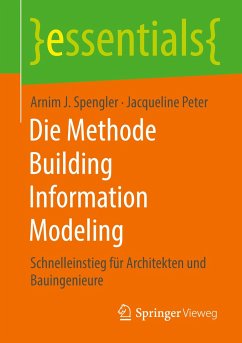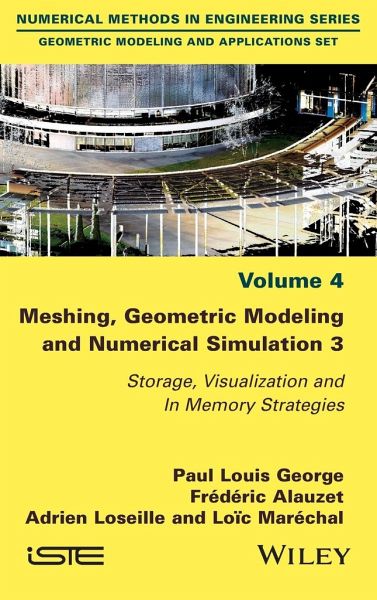
Meshing, Geometric Modeling and Numerical Simulation 3
Storage, Visualization and in Memory Strategies
Versandkostenfrei!
Versandfertig in über 4 Wochen
157,99 €
inkl. MwSt.
Weitere Ausgaben:

PAYBACK Punkte
79 °P sammeln!
Triangulations, and more precisely meshes, are at the heart of many problems relating to a wide variety of scientific disciplines, and in particular numerical simulations of all kinds of physical phenomena.In Volume 1, the theoretical foundations relating to triangulations, finite element shape functions and their interpretations as geometric patches were explored. This has made it possible to build tools that make the geometric modeling of any object possible. These elements are used in Volume 2 to treat meshing problems in their different implementations.Meshing, Geometric Modeling and Numer...
Triangulations, and more precisely meshes, are at the heart of many problems relating to a wide variety of scientific disciplines, and in particular numerical simulations of all kinds of physical phenomena.
In Volume 1, the theoretical foundations relating to triangulations, finite element shape functions and their interpretations as geometric patches were explored. This has made it possible to build tools that make the geometric modeling of any object possible. These elements are used in Volume 2 to treat meshing problems in their different implementations.
Meshing, Geometric Modeling and Numerical Simulation 3 offers technical additions to the methods seen in the first two volumes and a significant portion of this book is dedicated to mesh visualization problems and solutions, especially those with a high degree of complexity.
In Volume 1, the theoretical foundations relating to triangulations, finite element shape functions and their interpretations as geometric patches were explored. This has made it possible to build tools that make the geometric modeling of any object possible. These elements are used in Volume 2 to treat meshing problems in their different implementations.
Meshing, Geometric Modeling and Numerical Simulation 3 offers technical additions to the methods seen in the first two volumes and a significant portion of this book is dedicated to mesh visualization problems and solutions, especially those with a high degree of complexity.





